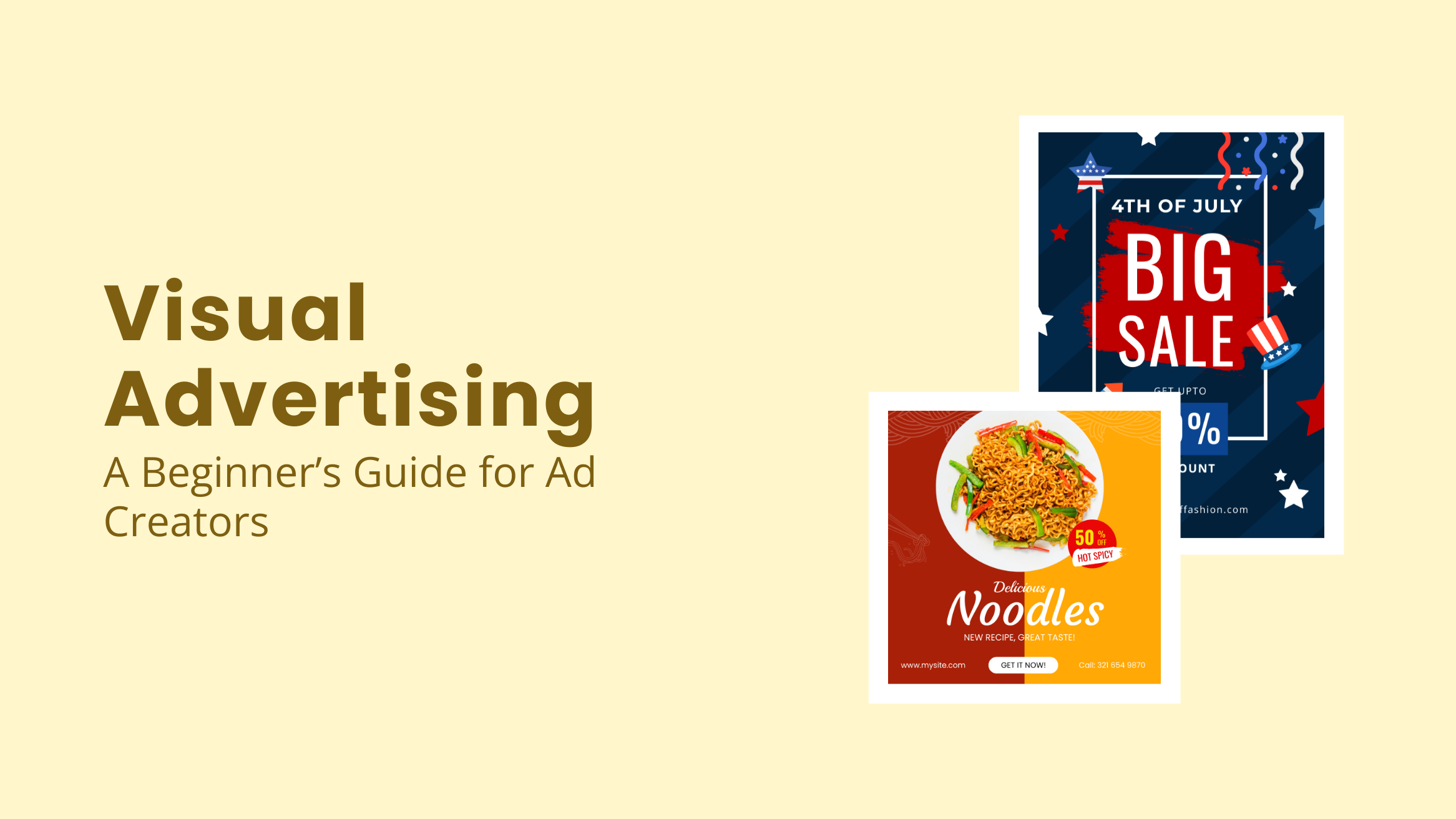
Visual Advertising: A Beginner’s Guide for Ad Creators

There was a time when studying the brain was only part of scientific research. But look at us now. Today, no matter where you look—your phone, TV, or even billboards—you’ll see brands using visual advertising everywhere. It’s a big game of neuromarketing.
Visual Advertising Basics
- Visual Advertising Definition: Crafting impactful visual ad creatives.
- Visual Rhetoric: Images and videos used for convincing, meaningful messages.
- Visual Aid: Enhances understanding and retention in advertising.
- Effectiveness of Visual Ads: Images are processed faster than text.
- Reasons for Visual Techniques: Boosts visibility, interest, traffic, and brand identity.
- Types of Visual Advertising: Print, outdoor, digital, and broadcast advertising.
- Impact of Visual Advertising: Influences daily choices and buying decisions.
- ADPLAN Framework: Attention, distinction, positioning, linkage, amplification, and net equity.
Neuromarketing evaluates advertising efforts to determine what grabs and keeps your attention. Visual ads are the heavy hitters here; they hook you in like a catchy pop song you can’t get out of your head.
Think about how social media and visual advertising have changed. We’ve gone from plain text posts to eye-catching images. Now, we’re hooked on YouTube shorts and Instagram reels—60-second clips that deliver a punchy message and a quick dopamine hit.
Why did I say all this? Well, if you’re getting started with visual advertising, you have to know how it evolved with time and technology and how it’s serving the brands. In this blog, you’ll explore the basics for effectively creating visual advertisements. You’ll discover visual advertising definition, its effectiveness, various concepts related to visual persuasion, visual techniques, and the popular ADPLAN framework to start your creative marketing journey.
Table of Contents
What is Visual Advertising
Visual advertising is the technique for crafting compelling ad creatives by assembling different visual elements. It is a strategic way to convey the meaning behind the images or multimedia used in visuals. Visual advertising enables ad creators to enhance their story effectively, making the visual message more impactful and engaging.
Similarly, you can use many techniques to create your visual ad. These help to develop visuals that connect with consumers on a relatable level to communicate the brand message. Studies show that visual formats, like images, videos, and infographics, are the best for engaging audiences, making them a top pick for advertisers.
The key is not just using visuals but using them well. Your visuals must be meaningful and accurate, and they must tell a story to help people connect with your brand. Details like color, focus, lighting, and composition make your message stand out and resonate with viewers, whereas unique visual storytelling methods will give you long-term association.
Look at the LinkedIn post template for events; the colors, fonts, and simple graphic elements create an eye-catching composition for social media users.

Get This Template and More
To capture attention effectively, consider these factors: larger images trump smaller ones, color images outperform black and white, and vivid images with multiple colors grab the most attention. Prioritizing these aspects will make your ads pop and engage your audience immediately.
How Effective is Visual Advertising
Visual advertising is super effective because our brains are wired to process images faster than text. Studies show that people remember 80% of what they see, compared to just 20% of what they read. That’s why catchy visual advertising grabs attention and sticks in our minds. Think about it—scrolling through social media, it’s the colorful images and snappy videos that make us pause. Visuals engage emotions and can instantly influence decisions, making them a powerhouse in advertising.
You can understand that images are a surefire way to have a smashing visual ad. Then, “What is visual text in advertising?” We marketers use these rhetorical devices as “copy” in a design. They are not just words but your language to pour emotion into information that triggers your audience either in a positive or negative way.
As I’m discussing the effectiveness of visual advertising, you may want to know, “What is visual design in advertising?” Visual design focuses on enhancing a product’s look and functionality through the use of images, typography, spacing, layout, and color.
You may get a little overwhelmed by images, visual text, and visual design, but they are all cut from the same cloth!
Here is a simple example of how, when combined, all these factors can create a marvelous tapestry of visual ads. Check out DocHipo’s iconic hotel Instagram ad that brings the joy of a luxury vacation with the bare minimum but essential design elements.

Get This Template and More
As you know now, visual elements are effective in marketing. Let’s understand their role in our lives.
What is the Impact of Visual Advertisement in Our Life
We’re thriving in the age of big data, where information is everywhere. But there’s only so much our brains can process, right?
Our eyes can register up to 36,000 visual messages every hour. Amazing, isn’t it? Compare that to reading—most people can read only about 250 words per minute.
So, what’s the takeaway? Visuals communicate much faster and more effectively than text. You need visual content to get the most out of your advertising campaigns.
Advertising is all around us, subtly influencing our daily choices and buying decisions. You’re more likely to remember what you see (up to 65%) than what you read (only 10%), making visuals incredibly powerful for recall. I may sound like a broken record with the continuous emphasis on visuals over texts. In that case, many marketers at the beginning of their experience make the mistake of using text-based ads only for their effortlessness. Don’t fall into that trap!
Advertising shapes consumer behavior, impacting everything from awareness and interest to conviction, purchase, and post-purchase actions.
It is a big part of our lives, where visual advertisement guides us from awareness to acknowledgment of our own identity while strongly connecting with brands’ identity.
But how do these ads influence your decisions? When you create ads, you should use different persuasive devices to convince your audience. Let’s discuss some aspects of these elements.
What is Visual Rhetoric
Visual rhetoric, in a nutshell, is all about how what we see becomes meaningful and convincing. Usually, rhetoric makes us think of words—whether in speeches or writing—crafted to convince people to believe or act in a specific way. But guess what? Visual rhetoric adds a twist by using images and other visual forms to convince.
It is part of the extensive communication process, helping us understand and make sense of the world. If you aim to influence someone or get them to act, you carefully pick your words, style, and structure. Visuals are about choosing the right images, colors, fonts, geometric shapes, and layouts.
Take designing a website, for example. How you arrange the layout, the colors you pick, and the overall style can make visitors feel excited, bored, believable, or skeptical. It’s like a first impression on the first date—you want to put your best foot forward. When people land on your site, they instantly judge it based on what they see, and their feelings about it guide their intentions.
Take a look at the new addition to the DocHipo templates library: the travel large rectangle ads. The light-hearted picture, the carefree body language, and the sundown effect evoke a sensational thirst for a beach vacation!

Get This Template and More
As the saying goes, “A picture is worth a thousand words.” Therefore, use visual rhetoric devices to capture your audience’s attention and maximize their gaze duration.
What is Visual Aid in Advertising
Visual aids are your exclusive tool for clicking with your audience. Think pictures, charts, and diagrams – they’re the MVPs of any ad creatives. Why? They help people get the message and remember it. Plus, they can make your audience sit up, take notice, and maybe even take action—whether for supporting a cause or buying what you’re selling.
Visual aids do more than just look pretty. They make detailed information more digestible and boost the credibility of your facts.
Are you wondering, “What is a visual aid example?” Check out the exquisite Facebook ad crammed with delightful images, icons, and text frames.
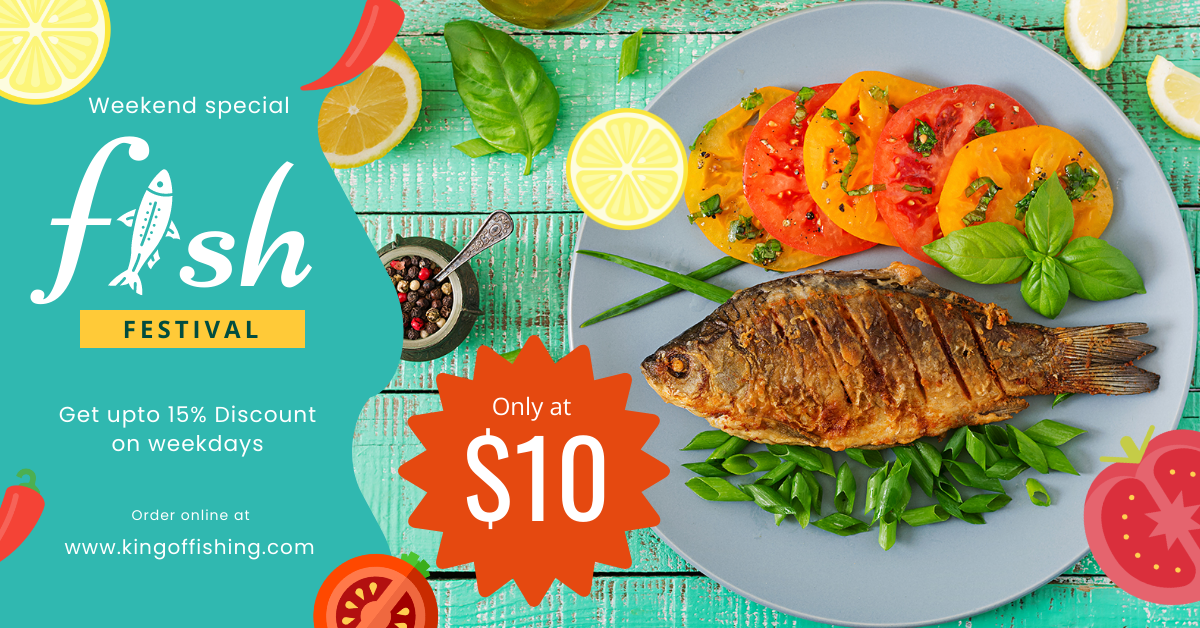
Get This Template and More
Or try this beautifully composed food Twitter/X ad template, brimming with an amber-soaked summer vibe.

Get This Template and More
So, you understand how crucial these concepts are if you want to make a memorable advertisement! That’s why, sometimes, it’s better to master visual techniques to land on your dream ad creatives.
Why are Visual Techniques Used in Advertising
Visual content—like images, videos, animations, and moving text—grabs attention and makes people curious. It highlights product features and benefits, builds a unique personality for your product, connects it with certain symbols and lifestyles, and creates a perception of your brand’s identity in your audience’s minds.
Since visual marketing is so popular and essential, using updated and creative visual advertising techniques can help your business in the following ways:
- Maximize Visibility:
The primary benefit is obvious—greater exposure. Utilizing quality outdoor inflatables, banners, digital ads, and similar visual ads ensures your business catches the eye of your target audience.
- Elevate Customer Interest:
When your banners and displays appear around town or near your store, curiosity will follow. Your ad design must be distinctive and flawless to achieve this.
- Increase Foot Traffic and Website Visitors:
Effective visual advertising entices more people to visit. Eye-catching ads will boost traffic to both your physical stores and website.
- Strengthen Brand Identity:
Strong branding fosters familiarity and trust. Powerful visual ads can enhance your brand exposure, draw a strong brand identity, and engage customers, resulting in high conversions.
Indeed, these marketing advantages are crucial for any business. When you want to create a customer-centric brand, you need to know which types of visual advertisements will pull at their heartstrings.
Types of Visual Advertising
Visual ads come in many forms, and as the mastermind behind your campaign, you get to choose the best type to elevate your brand. There are four main types of visual advertising: print, outdoor, digital, and broadcast. Let’s learn a bit more about these types.
1. Print Advertising
Print advertising, once thought outdated, is making a comeback. Check out this excellent example of a print ad that links people to their digital networks with a super cool advertising strategy.
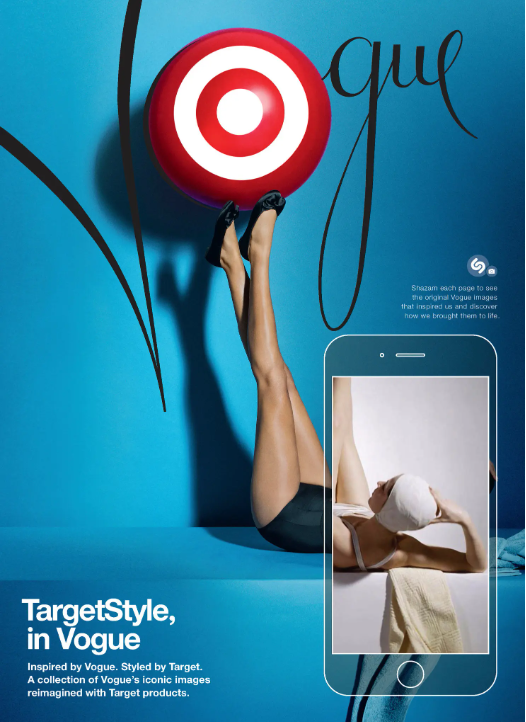
Its tangible presence offers a unique advantage over digital ads, fostering deeper engagement and message retention. This medium, including newspapers, magazines, and billboards, allows for precise targeting, enhancing campaign effectiveness. As a marketer, you can connect with specific demographics by selecting the right publications or locations while appearing in reputable print outlets, which instills credibility and trust.
Try amazing advertising poster templates from the DocHipo library and print them out to promote your business. You can download your customized designs in high-quality JPEG, PNG, and PDF formats. Check out the following head-turning ad poster that tempts you to savor these mouthwatering flavors before they disappear!

Get This Template and More
Also, check out the real estate flyer template, which you can easily use as your go-to printed real estate marketing material.

Get This Template and More
You can also use brochures for printed advertising. Look at the stunning school brochure template designed with bright colors and pictures of children that work as happy stimuli.

Get This Template and More
Print advertising even boosts digital platforms and improves the customer experience by linking the audience to digital platforms with just one click. You can add your website, have a strong CTA for downloading your mobile app, and everything with a customized QR code. Watch the video to create your own QR code for free.
Further Reading
2. Outdoor Advertising
Outdoor advertising, an age-old medium, continues to evolve with digital options and creative placements. From classic billboards to transit ads, its reach extends to wherever your audience goes. Here’s an amazing outdoor advertisement example that indeed made the viewers take some action.
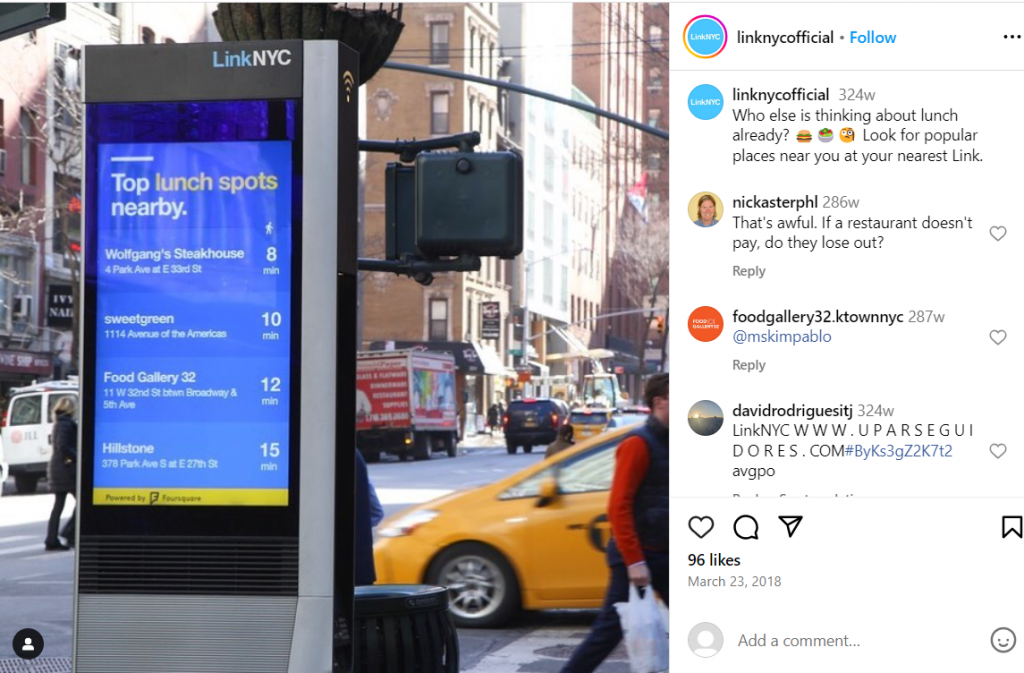
Hoardings still dominate highways and shopping areas, providing round-the-clock visibility, while transit advertising encompasses buses, cabs, and airports, capturing attention on the move. Street furniture ads, placed at eye level, engage pedestrians, while non-traditional options like walking billboards and mall advertising offer innovative ways to stand out.
3. Digital Advertising
In today’s digital age, digital advertising has become your go-to ad strategy, offering unparalleled flexibility and precision. Whether on social media, apps, or through search engines, digital ads maximize visibility and impact. These ads, spanning search, display, video, and social media, reach the most active audiences. With precise targeting based on search terms, interests, or behaviors, digital ads ensure efficient spending and measurable results.
Check out Airbnb’s YouTube video as an attribute to welcoming hosts.

Do you want to create enchanting digital ads, too? DocHipo has a long list of design templates, from social media to leaderboard ads.
Check out the food leaderboard ad template, bursting with a pleasant composition of colors, images, and typography that tease what’s in store for food lovers.

Get This Template and More
Also, check out the captivating X ad template that will surely amplify your upcoming sales season.

Get This Template and More
Further Reading
4. Broadcast Advertising
Broadcast advertising stands as a cornerstone in brand communication, offering unparalleled reach and effectiveness. It’s like the OG of spreading brand messages, from TV commercials to sneaky product placements and even those binge-worthy streaming ads. It’s all about connecting with your audience in real-time and building trust.
The 2010 Old Spice ad got them rolling with a consistent, revamped brand message for the current generation.
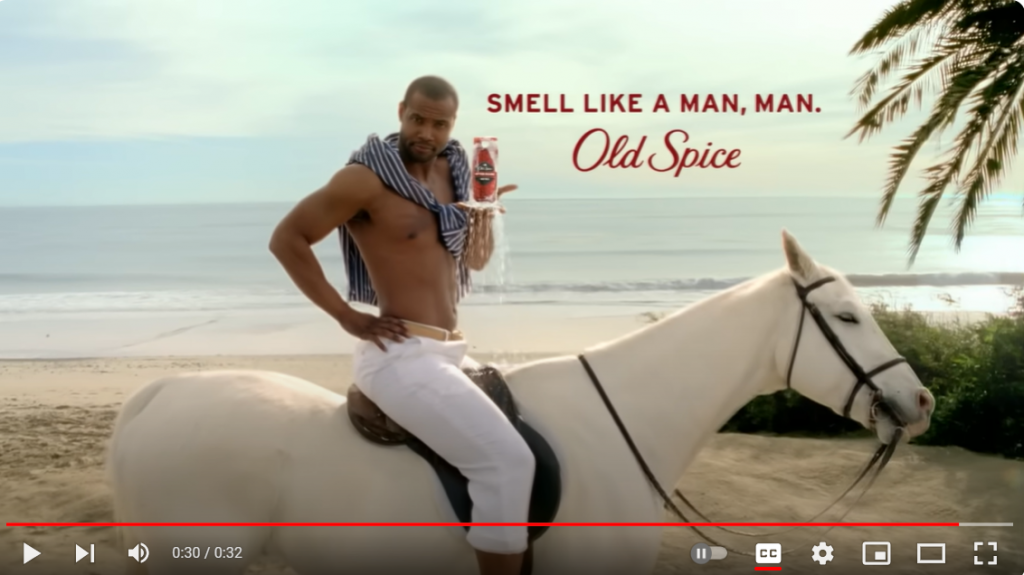
What Makes a Good Advertisement Visually
Creating impactful visual ads isn’t just a walk in the park. You need to nail both the technical and creative sides, such as visual rhetoric for emotional marketing, new techniques, design principles, etc. However, strategically, there are six critical aspects that you need to keep in mind for every ad creative. It’s called the ADPLAN framework! This game-changing strategy, crafted by Kellogg School legends Brian Sternthal and Derek Rucker, can transform any ad into a viewer magnet. Ready to dive in?
The ADPLAN Framework
Let’s decode the six essential factors of an excellent visual advertisement rooted in cognitive psychology, social psychology, marketing, and behavioral science. These elements can shape how consumers think and act. This framework sparks more thought, chatter, and deep dives into creative projects. So, without further ado, let’s break down these game-changing components.
Attention
The attention game is very serious when it comes to ads. Ask yourself if your idea has that “wow” factor. Will it make people stop scrolling? Consider using a celebrity shout-out, a trending song, or a bold analogy. Imagine quoting Taylor Swift or referencing a viral TikTok dance. These elements can turn good ideas into great ones. Grabbing attention is your first step to success in today’s fast-paced world.
Check out this amazing Facebook post that grabs your attention like a magnet.
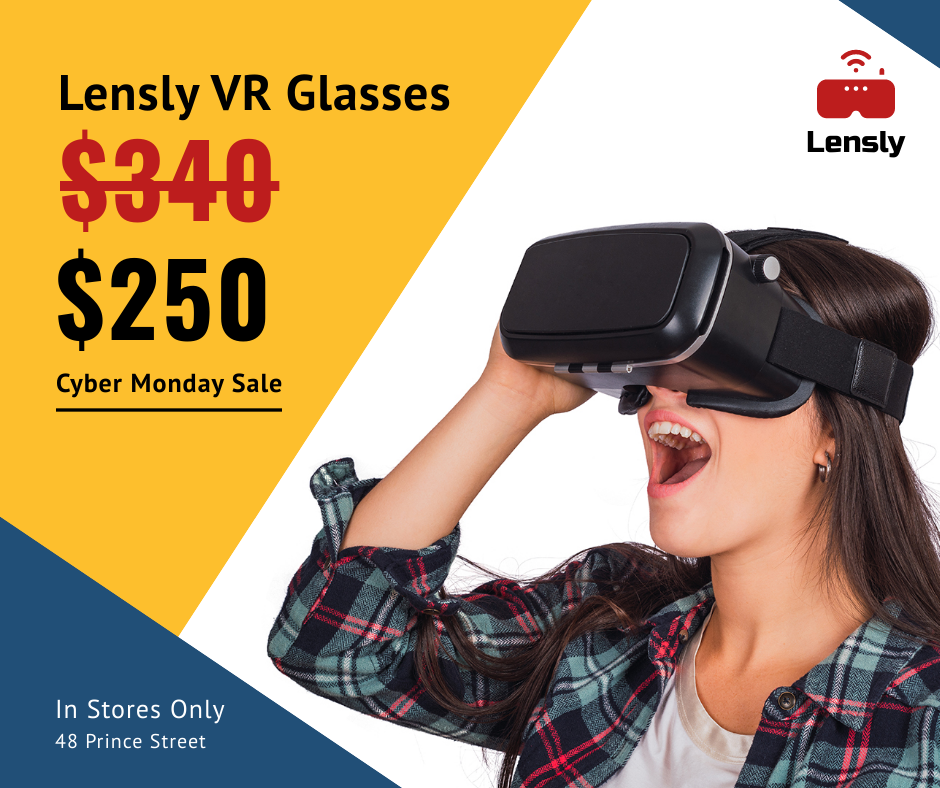
Get This Template and More
Maybe you’re looking for similar professionals for network growth or to attract a pool of candidates for your recruitment process. With DocHipo templates, you can make any LinkedIn post within one minute.

Get This Template and More
Distinction
In many categories, ads can feel like they’re all made from the same mold. Take car commercials, for example. They often show the car cruising down a scenic mountain road. With so many similar ads, it’s hard for consumers to tell one brand from another.
Great advertising stands out — not just from competitors in the same industry but from any industry. To make your ads unique, you need to know what your competitors are doing, not just what your brand is up to. Then, figure out what fits with your product or service. Most importantly, ensure your creative work matches your brand voice and image. This way, your ad is different and authentic to your brand.
After all, as Steve Jobs said, “Innovation distinguishes between a leader and a follower.” So, don’t be afraid to break the pattern and make your brand unforgettable.
Positioning
Positioning questions should be at the core of your strategy talks because they help you focus on your target audience. People are unique, and a product’s benefits usually appeal to a specific crowd. Generic messages—like saying a product is for everyone—don’t cut it.
Do you remember Google’s iconic Super Bowl “Parisian Love” ad? It nailed positioning by showing how Google enhances lives. The ad walked us through a journey—learning a language, wooing a romantic partner, traveling, even assembling a crib—all thanks to Google. It clarified that Google is the go-to tool for making life easier.
That’s how positioning helps you in creating an impactful visual advertisement.
Linkage
When crafting your ad, ask yourself: “Will folks actually remember what we’re selling?” Sometimes, marketers get sidetracked by flashy stuff, like throwing in a celebrity cameo. Sure, you might recall the celebrity face, but what about the brand? Not so much. It’s entertaining, sure, but forgettable.
So, when evaluating your ad, always think about this: “Is this really about our product?” If your message does not focus on your brand, people won’t remember you at all. Remember that Super Bowl ad with the catheders from Electronic Data Systems (EDS)? It was all about herding cats, not about EDS. People still talk about it, but do they remember what the brand offers? Probably, that ship has sailed. That’s the downside of poor linkage.
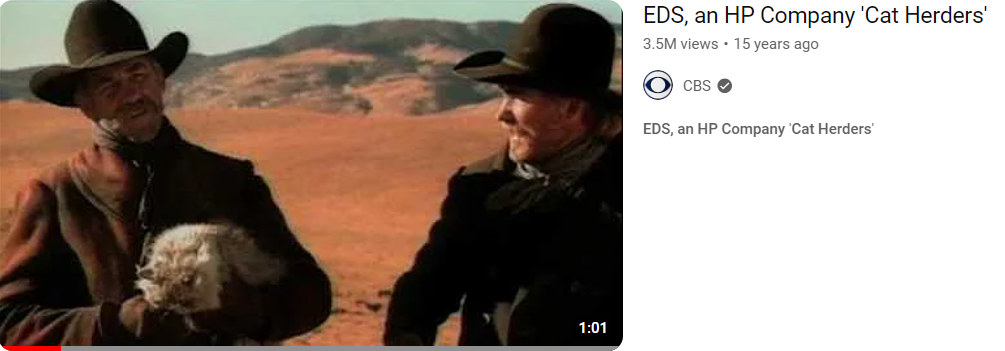
On the other hand, watch the Amazon Web Services ad, which connects the dots between using the easily accessible Internet for everything and its cloud service, which works to maintain such fluid accessibility. From the storytelling technique to the simple and direct linkage to its service, this ad quickly gets a spot in your heart.

Amplification
Unlike positioning, which emphasizes the benefits, amplification delves into factors affecting how consumers react to your ads—whether they love or hate them. It’s crucial because you want folks to be all jazzed up and positive about your business.

Zomato crafts advertisements that strengthen the brand’s connection with its consumers. This ad leaves a lasting impression on viewers. Similarly, you want your audience to remember your ad and spark conversations by focusing on the amplification stage of your ad plan.
Net Equity
Over time, brands gain significance, and consumers connect specific brand assets positively in mind. Take Doritos, known for its irresistibly crunchy, cheesy goodness—those qualities define its brand. Doritos has smartly used this rhetoric image in its ads to keep its appeal fresh and strong.
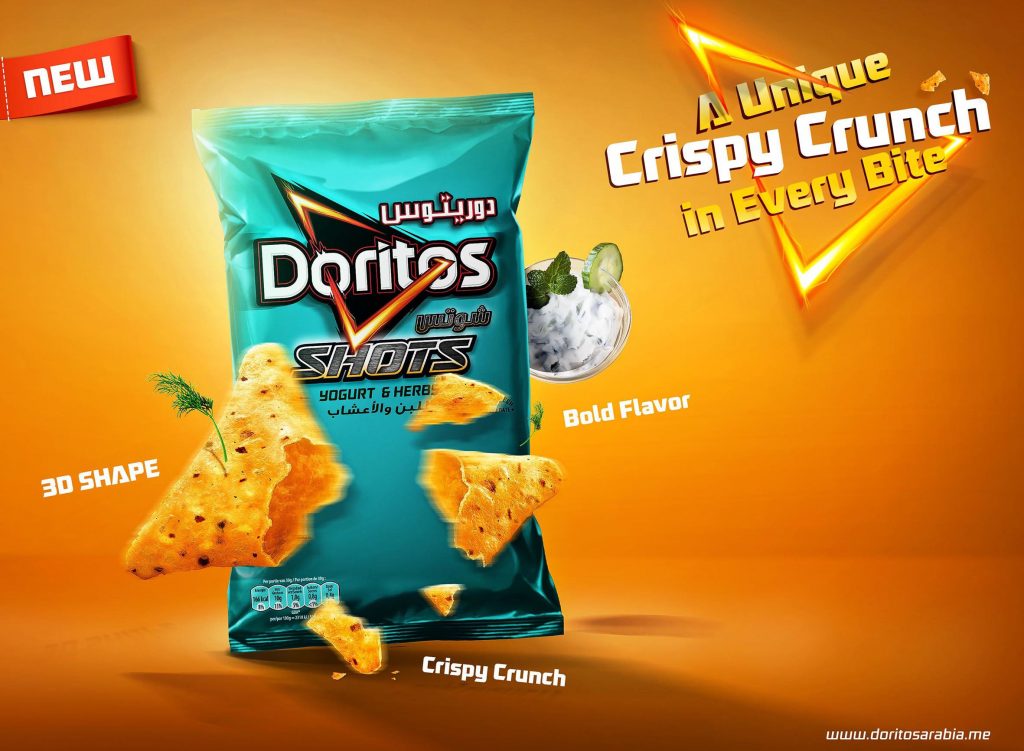
As a marketer—whether you’re a brand manager or a startup owner—you need to constantly check if your ad campaigns reinforce the brand equity you’ve built. If your brand is all about a certain color (think red), a feeling (like confidence), or a particular identity (say, aspirational), ask yourself: does the creative work you’re putting out strengthen these connections or weaken them?
In addition, your marketing efforts for visuals should align with what your brand stands for. Keep all these six pillars of the ADPLAN framework in mind for impactful visual advertising within arm’s reach.
Conclusion
I hope this inside scoop was helpful enough to start your journey in the world of visual advertising. You can use exclusive templates for any ad design for free if you sign up for DocHipo. It has tailor-made designs for businesses, creative agencies, and freelancing marketers. And if you ever need any tidbits of visual advertising, come back for more resources like this!
FAQs
What is a visual advertisement?
A visual advertisement is a type of promotion that utilizes images, videos, or graphics to communicate a message or promote a product or service.
What is the power of visual advertising?
The power of visual advertising lies in its ability to quickly and effectively grab attention, evoke emotions, and convey information in a memorable and compelling way.
What are visual strategies in advertising?
Visual strategies in advertising involve using elements such as color, typography, composition, and layout to create visually appealing and impactful messages that resonate with the target audience.
How do you achieve a strong visual impact in advertising?
Achieving a strong visual impact in advertising involves capturing attention through strong visuals, using creative and compelling imagery and motion videos, and ensuring that the visual elements align with the overall message and brand identity.
What are the features of a good advertisement?
Good advertisements include clarity of message, relevance to the target audience, attention-grabbing visuals, a compelling call to action, and a memorable and identifiable brand presence.


